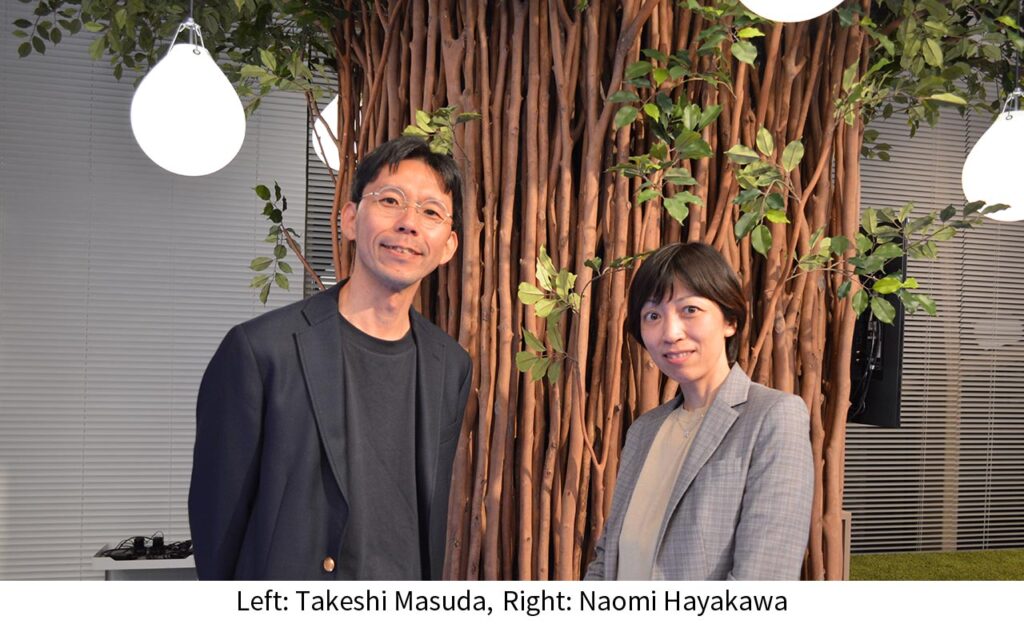News
Idea for utilization of MDV data wins first prize in data science contest
- June 8, 2023
Medical Data Vision Co., Ltd. (Headquarters: Chiyoda-ku, Tokyo; President and CEO: Hiroyuki Iwasaki; hereinafter referred to as MDV) is pleased to announce that a research team utilizing MDV’s medical data has won the grand prize in a contest that showcased the skills of data scientists.
The contest, titled “Rising Future Data Science Contest,” was organized by Snowflake Inc. (Headquarters: Shibuya-ku, Tokyo; President and Executive Officer: Hidetoshi Tojo), a data cloud provider. Participants were required to analyze and combine data provided by seven data providers, including MDV, and propose ideas and business plans for data utilization. The contest consisted of two categories: the Idea Division for individuals without prior experience in data science and students, and the Data Science Division for experienced data scientists and students. A total of 29 teams and 450 individuals submitted their entries.

During the finalist announcement event held on May 31st, two teams from the Idea Division and three teams from the Data Science Division were selected to present their ideas. The team of Naomi Hayakawa and Takeshi Masuda, who utilized MDV’s data, presented their proposal on overcoming the challenges of an aging population and a decline in the working-age population under the theme of “Overcoming a Declining Workforce Society.” They started their data analysis six months ago and presented the following two analytical results: 1) Extension of Healthy Lifespan and 2) Prediction of Medical Demand. As a result, they were awarded the grand prize in the Data Science Division.
1. Extension of Healthy Lifespan
By combining the National Consumer Purchasing Data (SCI) from Intage Corporation and MDV’s medical institution visit dynamics data, they predicted “what people eat and the diseases they are likely to develop.” They selected the top 10 diseases with high risks based on factors such as the number of patients and created machine learning models for indicators of caution (high patient visit rate and high food purchase amount) and preventive measures (low patient visit rate and low food purchase amount). For example, cheese and canned meat were identified as caution indicators for diabetes, while soy milk, natto (fermented soybeans), and rice were identified as preventive indicators. The study revealed significant relationships between diet and diseases.
The application of predicting disease risks from shopping receipts, providing food advice for risk reduction, and combining with medical examination data holds the potential for more personalized risk analysis and food recommendations.
2. Prediction of Medical Demand
By combining weather data from Weathernews Inc., time-series data from truestar Inc., and MDV’s medical institution visit dynamics data, they predicted “daily patient numbers.” They classified the trends in outpatient numbers for each disease into four categories: “increase during summer,” “increase during winter,” “no variation,” and “affected by COVID-19.” They then identified the correlation between weather data and patient numbers. For example, the study showed that the number of influenza patients increases when the average temperature falls below 10℃ or when the absolute humidity drops below 10.
The team demonstrated the creation of machine learning models capable of predicting outpatient numbers and epidemic periods, such as infectious diseases.
By predicting the occurrence risks and patient numbers of specific diseases based on weather forecasts, the data can be used to allocate medical resources appropriately, provide alerts for local epidemics of seasonal diseases and infections, and contribute to effective solutions.
Furthermore, MDV’s data was utilized by three out of the five finalist teams, including the team of Hayakawa and Masuda.